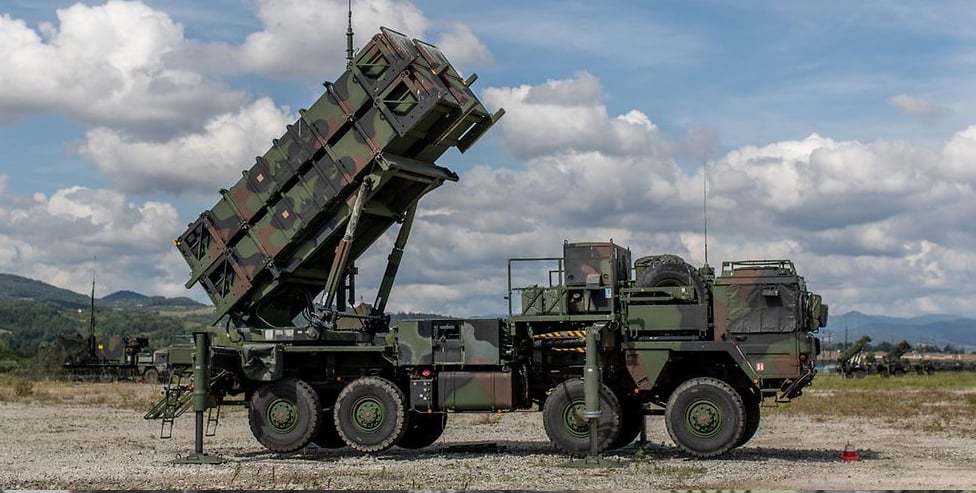In a rather scathing publically released assessment this week, the German government’s internal auditors say the military (Bundeswehr) has spent more than $3M on roughly 33 3D printers in the past three years alone with plans to spend another $15M+ in the next three years all for a spare parts repository with only 10 parts in it.
The paltry part depository is due to the fact, according to the auditors, that the army has failed to acquire design data and manufacturing rights for equipment and weapon systems it has commissioned.
Like many global militaries, especially the U.S. military, the Bundeswehr is sold on the idea that 3D printing can aid in overall readiness and improve the often poor supply of spare parts for its famously aging weapon systems. Its investigations have found that 3D printing does not require special production facilities and spare parts can be manufactured as needed in various locations.
3D printing was officially adopted as a strategy by the German defense ministry in 2021 and is planned to be fully implemented by 2030. According to the auditors’ assessment, “the Federal Ministry of Defense did not specify any measurable goals that it wanted to achieve with this technology. Nor did it develop a work plan or timetable, or define areas of responsibility for the introduction of 3D printing.”
A recommendation in the auditor’s report is for the military to plan for the eventual 3D printing of spare parts for all new equipment and weapon systems acquisitions by requiring that contractors also provide part design data and manufacturing specs. “Only then can the Bundeswehr fully exploit the potential of 3D printing.”
Coincidentally, the U.S. Department of Defense this week also issued a mandate that the military should “seek to include right-to-repair provisions in all existing contracts and also ensure these provisions are included in all new contracts.”
Spare Part Repository of 10

The German government auditors uncovered that the military has 3D printing design data for only ten spare parts in a central database. Nearly 200 additional data sets for spare parts could be added to the spare part central database, but the Bundeswehr hasn’t done so.
Overall, the auditors called the military’s 3D printing strategy an “ineffective investment.” Only a few parts have been 3D printed by the military. One for a ship did avoid the replacement of an entire assembly, but only marginally eased the burden on logistics and, overall, the number of parts manufactured is “insignificant compared to the Bundeswehr’s daily needs,” the report stated.
Despite the blunt-sounding reprimand, the auditors acknowledge that the military is still in the implementation phase of 3D printing adoption, and that the “Bundeswehr had to purchase a corresponding number of printers to achieve initial capability in 3D printing.”
Like the military, the auditors see considerable potential for the Bundeswehr in 3D printing, but concluded that the Bundeswehr can only use its own 3D printers economically if it has sufficient design data and the associated manufacturing rights. Until that happens: “It is leaving the potential of 3D printing untapped and is acting uneconomically.”
Lead image source: Major General Volker Thomas, Commander of the Bundeswehr Logistics Command, presenting 3D printed spare parts in 2018.
License: The text of "The German Military Is Wasting Millions on 3D Printers" by All3DP Pro is licensed under a Creative Commons Attribution 4.0 International License.